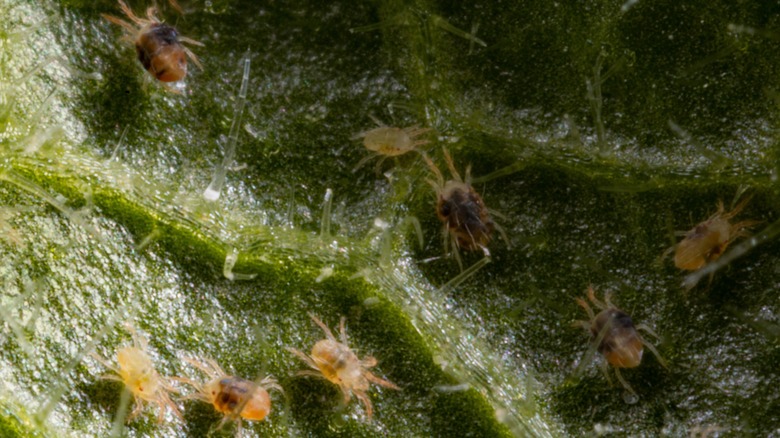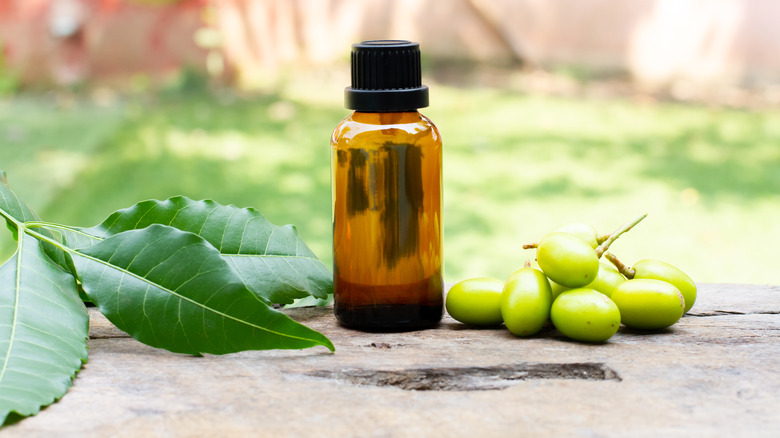Avocado trees are a popular choice for home gardeners and commercial farmers alike, but they can be vulnerable to pests like spider mites. Persea mites, a type of spider mite, are one of the most common pests found on avocado trees in California. Other spider mites, including avocado brown mites and six spotted mites, cause damage to avocado trees but to a lesser degree.
Spider mites are tiny, and are often difficult to spot with the naked eye. However, despite their size, they can cause harm and stress to your avocado trees. These tiny, eight-legged arachnids feed on the sap of the leaves. This constant feeding often leads to discoloration, drying, and shedding of the tree’s leaves. Eventually, this feeding activity can cause yellowing or bronzing of the leaves, as well as premature defoliation. This can ultimately reduce the tree’s ability to produce fruit and leaves the tree with a smaller crop of avocados. If the infestation is severe, it can lead to tree death.
Identifying spider mites

Identifying spider mites can be challenging, as they are tiny and often difficult to spot, but part of caring for your avocado tree should include making sure it is mite-free. However, there are a few signs that can indicate the presence of spider mites on avocado trees. Besides leaf damage, one of the most common signs is the presence of fine webbing on the leaves and branches of the tree. This webbing is produced by the spider mites as they feed and move around the tree, and can appear on both the bottoms and tops of the leaves, as well as new growth.
It’s essential to monitor avocado trees regularly for signs of spider mites, especially during the summer months when they are most active. One of the easiest ways to detect spider mites is to gently shake a leaf over a white piece of paper or a white cloth. This will dislodge any spider mites present on the leaf, making them visible against the white background. You can also use a hand lens or magnifying glass to examine the underside of leaves for signs of spider mite activity.
Controlling spider mites

Spider mites are not susceptible to most pesticides, so you can largely rule that out as a treatment. A multi-faceted approach, such as a combination of using natural predators along with insecticidal soaps and oils, can be an effective method for getting rid of spider mites on avocado trees. Introducing predators that feed on the spider mite, such as lady beetles or lacewings, will reduce their population and minimize their impact on the tree.
Another method is to use insecticidal soap or horticultural oil, which can be applied directly to the leaves and branches of the tree. Among the ingredients of horticultural oils are vegetable or petroleum oil, or sometimes neem seed oil. Mites must be in physical contact with the oil or it won’t work in killing them. To work most effectively, horticultural oil treatments should be done on a regular basis, optimally once a week.
Alternatively, potassium salts derived from fatty acids comprise insecticidal soaps. It’s not recommended to make your own as they could harm your trees. While horticultural oil should be left on the leaves, insecticidal soap needs to be rinsed off and the effects last for about 30 days. Keeping your avocado tree in good condition also helps fight against pests so it’s also important to water and fertilize your tree regularly to ensure its health and longevity.



